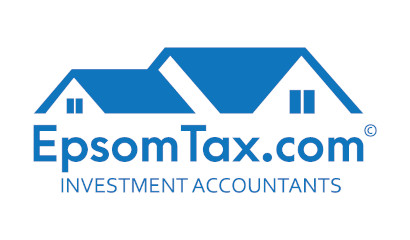“IRD RISK REVIEW” VS IRD “REQUEST FOR MORE INFORMATION”
Facing an IRD risk review
Facing an IRD Risk Review is a scary thing. You might have read about Audits, and Risk Reviews here. But what does the process (sometimes) look like? Well… it can start with a request for “more information.”
If they are not happy, they will go to a Risk Review or a full Audit. Sometimes they skip the Request for more info and go straight to one of those instead, depending on how dodgy things look. Here is what a Risk Review looks like:
What to do
First, contact your accountant! What next? Well, when responding to an audit from the Inland Revenue, it’s essential to approach the situation with thoroughness, transparency, and professionalism. Here’s a step-by-step guide on how to handle it effectively:
- Review the Notice: Carefully read through the audit notice provided by the Inland Revenue. Understand the scope, timeframe, and specific documents or information they’re requesting. This initial understanding will guide your response strategy.
- Gather Documentation: Collect all relevant records, documents, and financial statements pertaining to the audit. Ensure that everything is organized and easily accessible for review by the auditor. This may include tax returns, invoices, receipts, bank statements, and any other financial records related to the period under examination.
- Understand Your Rights: Familiarize yourself with your rights and obligations during the audit process. In most jurisdictions, taxpayers have rights, such as the right to representation, the right to confidentiality, and the right to appeal decisions. Knowing these rights can help you navigate the audit with confidence.
- Cooperate Fully: Respond promptly and fully to all inquiries from the auditor. Provide accurate information and avoid withholding any relevant details. Cooperation demonstrates your commitment to compliance and can help expedite the audit process.
- Communicate Effectively: Maintain open and transparent communication with the auditor throughout the audit process. If you encounter any challenges or need clarification on certain matters, don’t hesitate to ask questions or seek guidance. Clear communication fosters a constructive relationship and reduces the likelihood of misunderstandings.
- Seek Professional Assistance: Consider engaging a tax professional or accountant to assist you during the audit. They can provide expert advice, review documents for accuracy, and represent your interests during discussions with the auditor. Their expertise can be invaluable in ensuring compliance and resolving any discrepancies.
- Be Proactive in Addressing Issues: If the audit uncovers any discrepancies or areas of concern, take proactive steps to address them promptly. Correct any errors, rectify compliance issues, and implement internal controls to prevent similar issues in the future. Demonstrating a commitment to rectifying mistakes can mitigate potential penalties or fines.
- Review the Final Report: Carefully review the auditor’s findings and recommendations in the final audit report. If you disagree with any conclusions or assessments made by the auditor, you have the right to challenge them through the appropriate appeals process. Consult with your tax advisor to determine the best course of action.
- Implement Changes: Use the audit process as an opportunity to improve your tax compliance procedures and financial management practices. Incorporate any recommendations or lessons learned from the audit into your business operations to ensure ongoing compliance with tax laws and regulations.
- Maintain Records: Keep thorough and accurate records of the audit process, including all correspondence, documents, and meeting notes. These records may be valuable for future reference or in the event of any disputes or inquiries from tax authorities.
Recent Posts
Pages
Useful Links
Services
Contact Details
Phone: 0800-890-132
Email: support@epsomtax.com
Fax: +64 28-255-08279
EpsomTax.com © 2021
